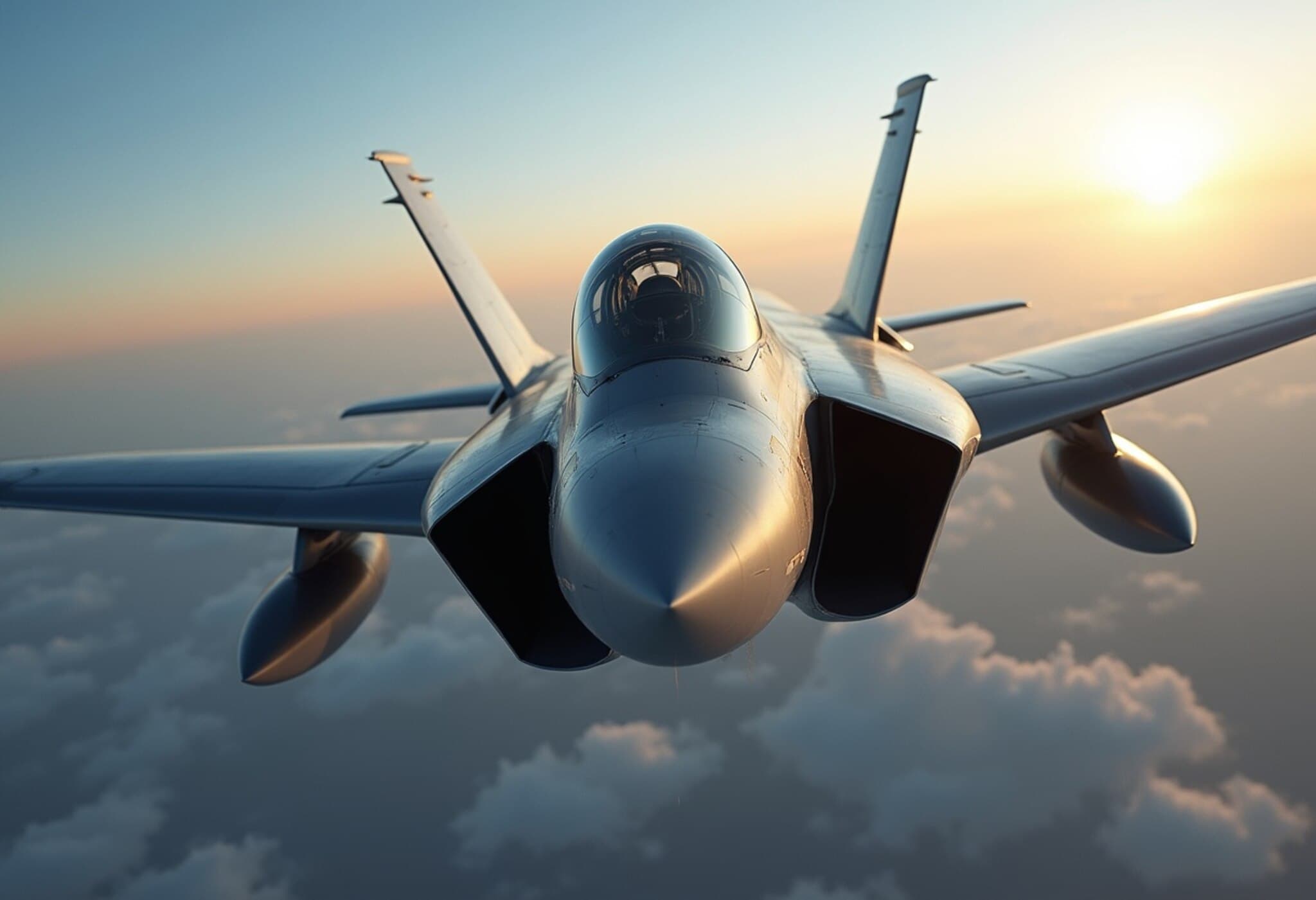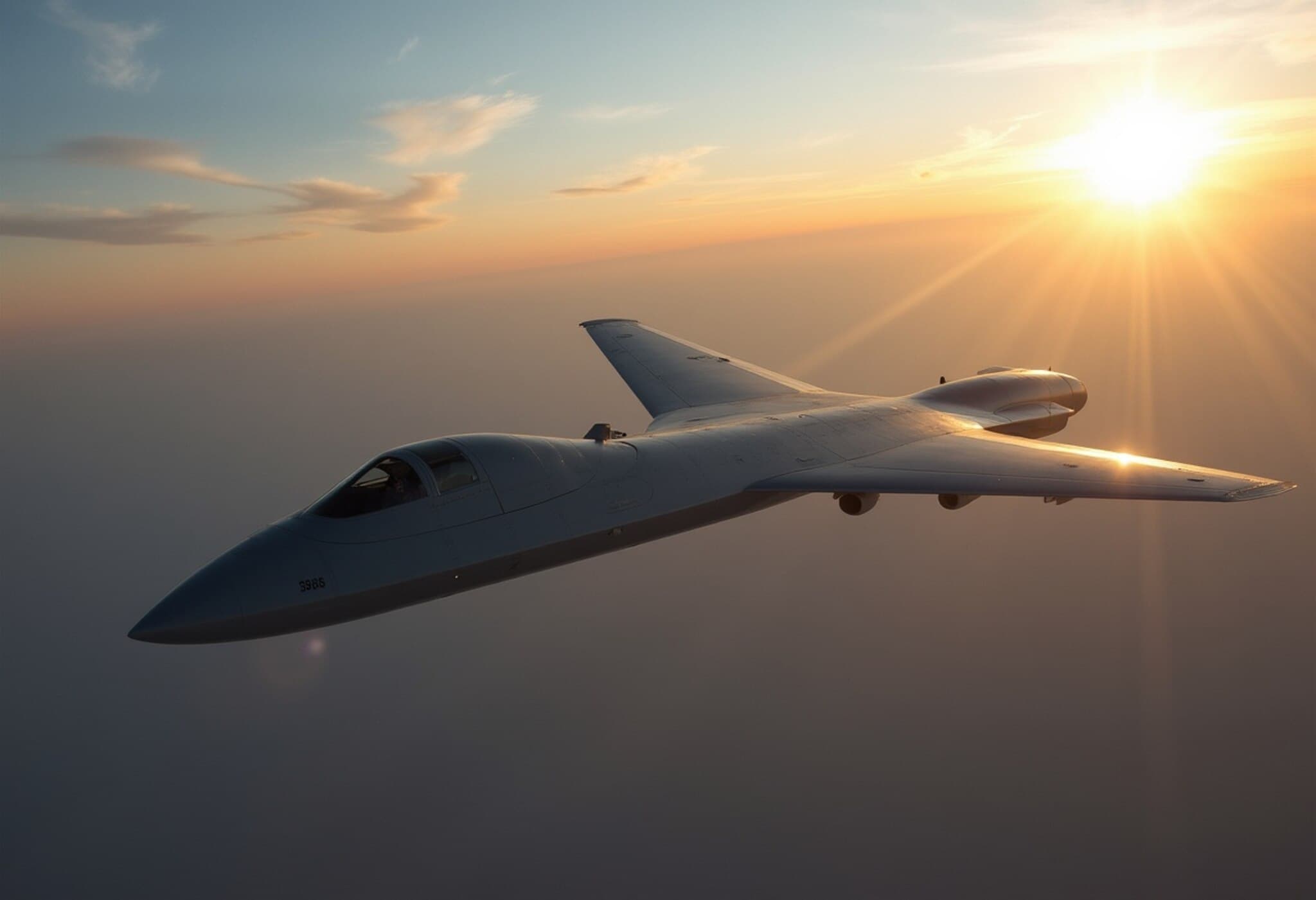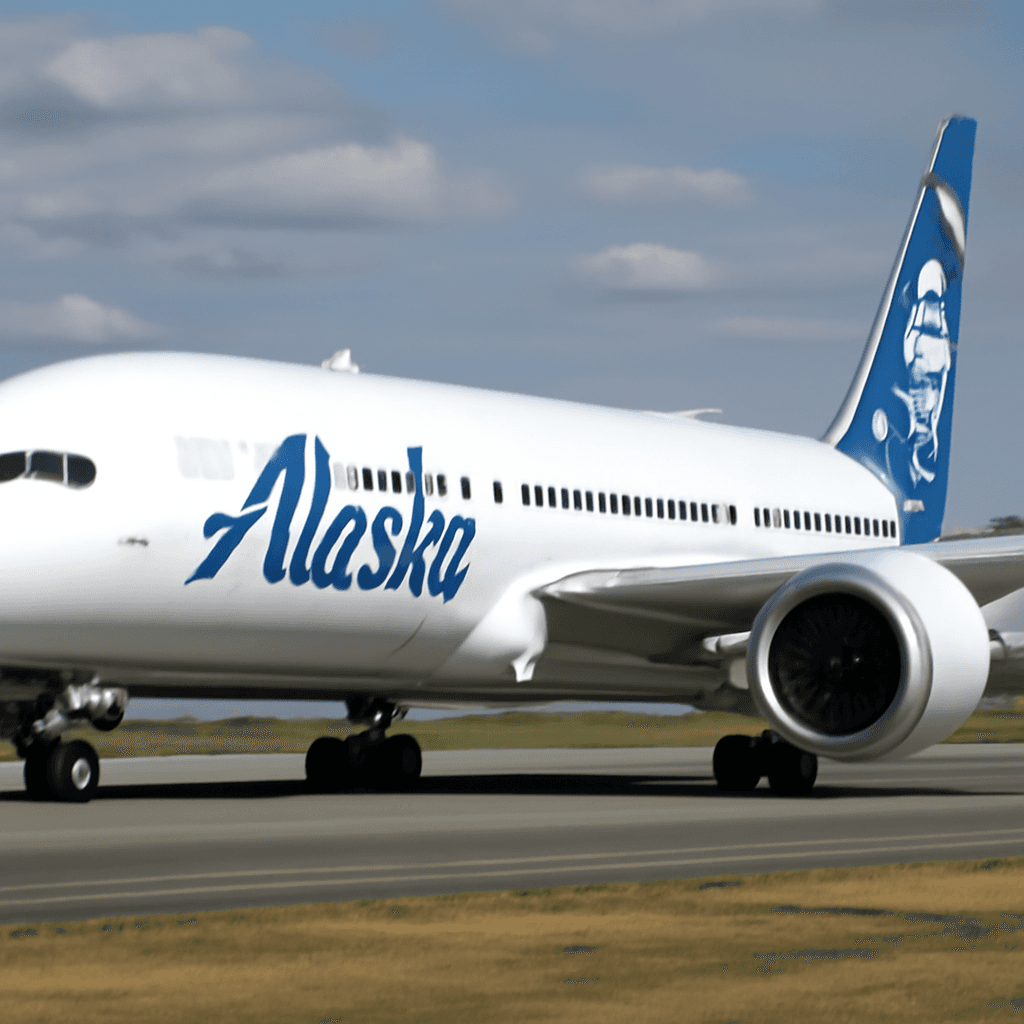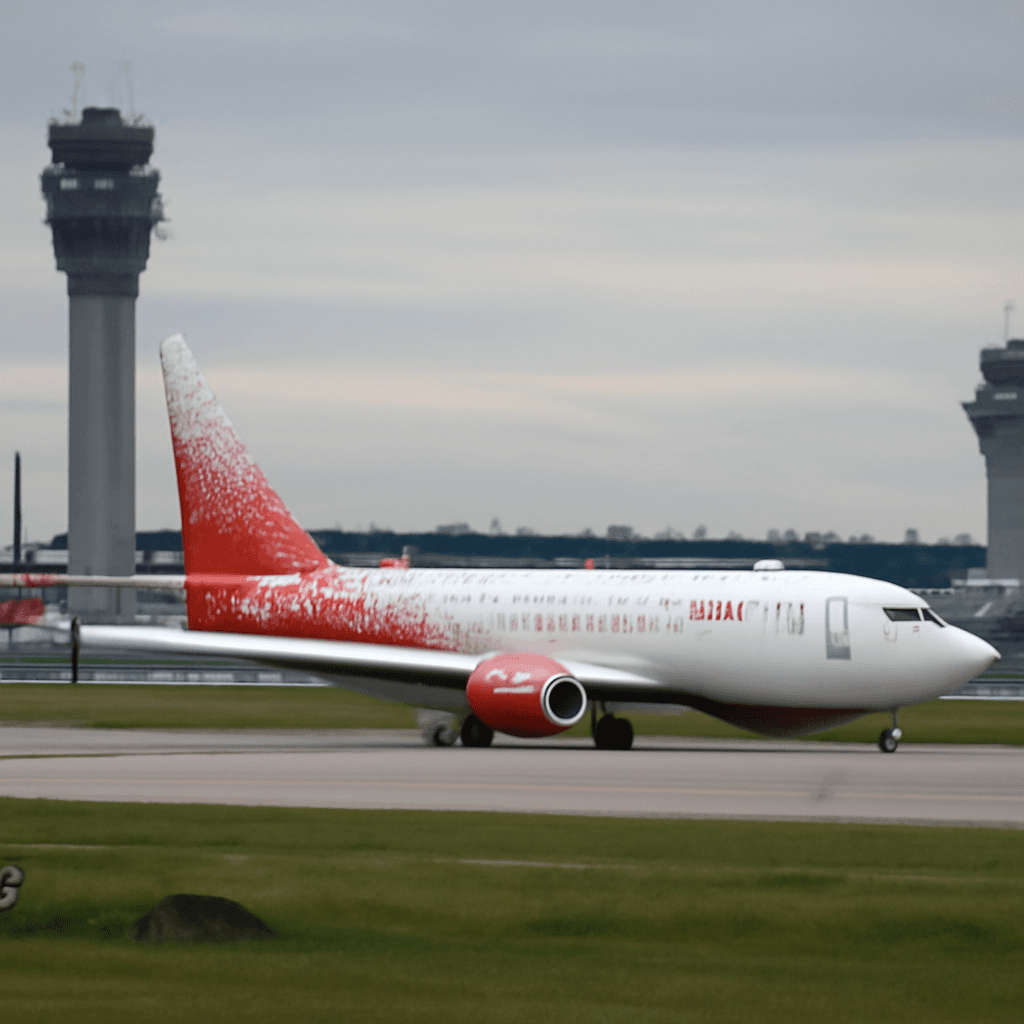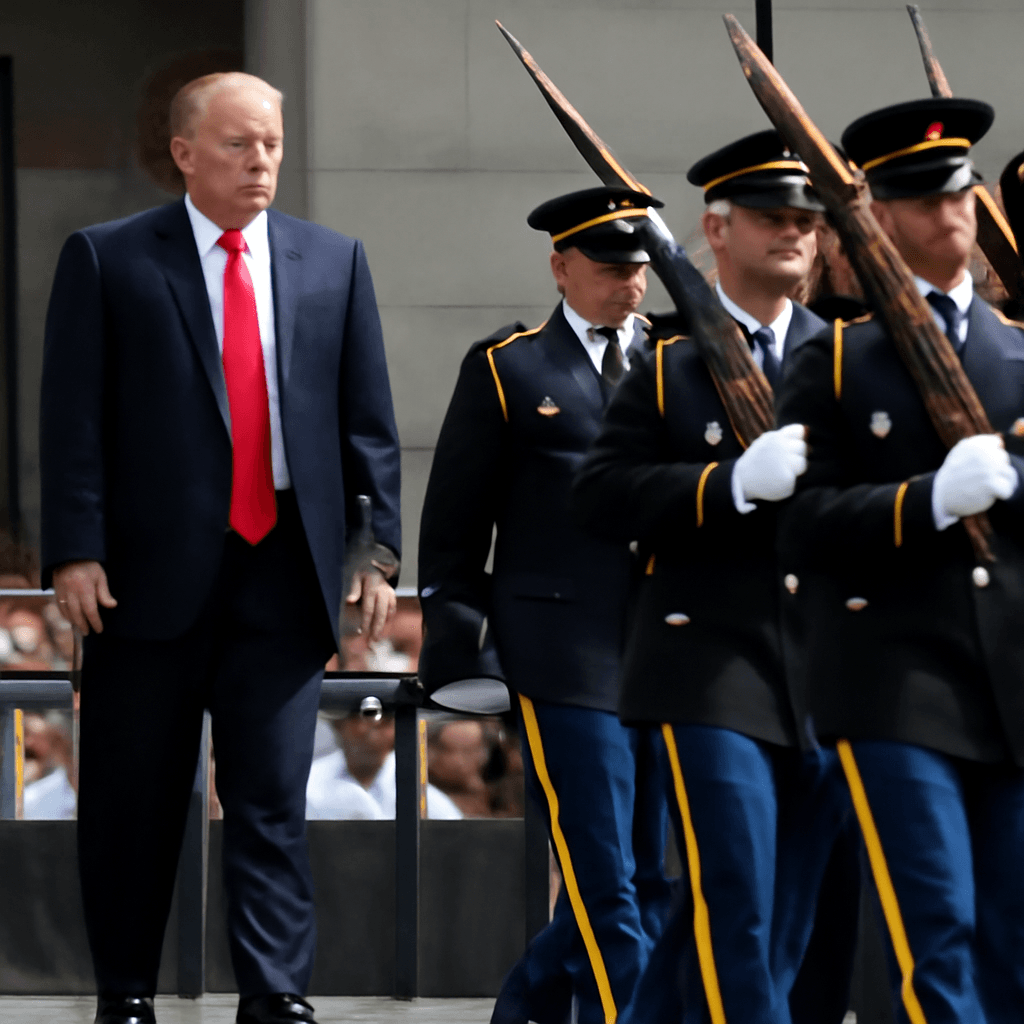The F-47 Fighter Jet: More Than Just a Name
In March 2025, then-President Donald Trump made headlines with a stunning announcement from the Oval Office: the launch of what he described as "the world's first sixth-generation fighter jet" dubbed the F-47. This declaration sparked widespread speculation that the fighter’s numeric designation might be a nod to Trump himself—the 47th President of the United States. But, as it turns out, the story behind the name reveals a richer history.
Unpacking the U.S. Military’s Aircraft Naming Protocol
The numbering and naming of U.S. military aircraft follow a well-established system called the Mission Design Series, implemented by the Department of Defense in the 1960s. This system employs specific letters and sequential numbers to represent distinct aircraft missions and designs.
- Letters: Indicate the primary mission (e.g., 'F' for fighter, 'B' for bomber, 'P' for patrol).
- Numbers: Typically assigned in sequence to identify the aircraft design within its category.
However, exceptions and gaps exist within this sequence. The introduction of the F-47 is one such anomaly, coming after the F-22 in fighter jet progression, sparking curiosity about the rationale behind skipping to 47.
The Real Inspiration Behind the F-47 Designation
Freedom of Information Act requests provided insight into the origins of the F-47’s naming. It appears the designation pays homage to the iconic P-47 Thunderbolt from World War II, an aircraft renowned for its ground-attack capabilities.
The P-47 Thunderbolt, affectionately nicknamed the "Jug" due to its bulky shape resembling a glass milk bottle, was instrumental in Allied victory during the European campaign. According to military records, between June 1944 and May 1945, P-47 pilots were credited with destroying tens of thousands of enemy targets, including:
- 86,000 railway cars
- 9,000 locomotives
- 6,000 armored fighting vehicles
- 68,000 trucks
General David Allvin, the Air Force chief of staff, had requested detailed information about the P-47 around the time of the F-47 announcement, suggesting a deliberate nod to this historic aircraft’s legacy.
Trump’s Announcement and the Air Force’s Surprise
Interestingly, during the announcement, neither President Trump nor his defense secretary highlighted the P-47’s heritage when introducing the F-47 jet. Reports suggest the Air Force itself might have been caught off guard by the timing and naming decision—an unusual break from the established protocol that generally ensures coordinated disclosures.
Emails obtained show that the Air Force had to scramble for coordination right after the press briefing, indicating the decision's unanticipated nature.
When pressed for clarification about why the normal naming conventions were seemingly bypassed, a spokesperson for the Air Force attributed the decision solely to General Allvin, offering no further details. This leaves lingering questions about the exact circumstances and timing of honoring the P-47 Thunderbolt through the F-47 fighter jet’s name.
Legacy Meets Leadership: A Number with Dual Significance
Ultimately, the F-47 name carries a layered meaning—both a respectful tribute to one of the most effective fighter-bombers in U.S. history and an undeniable coincidence (or perhaps a subtle homage) linked to the nation’s 47th president. Whether the number was chosen more for tradition or political symbolism remains partly ambiguous, but the connection undeniably enriches the narrative around this latest leap in U.S. air power development.

